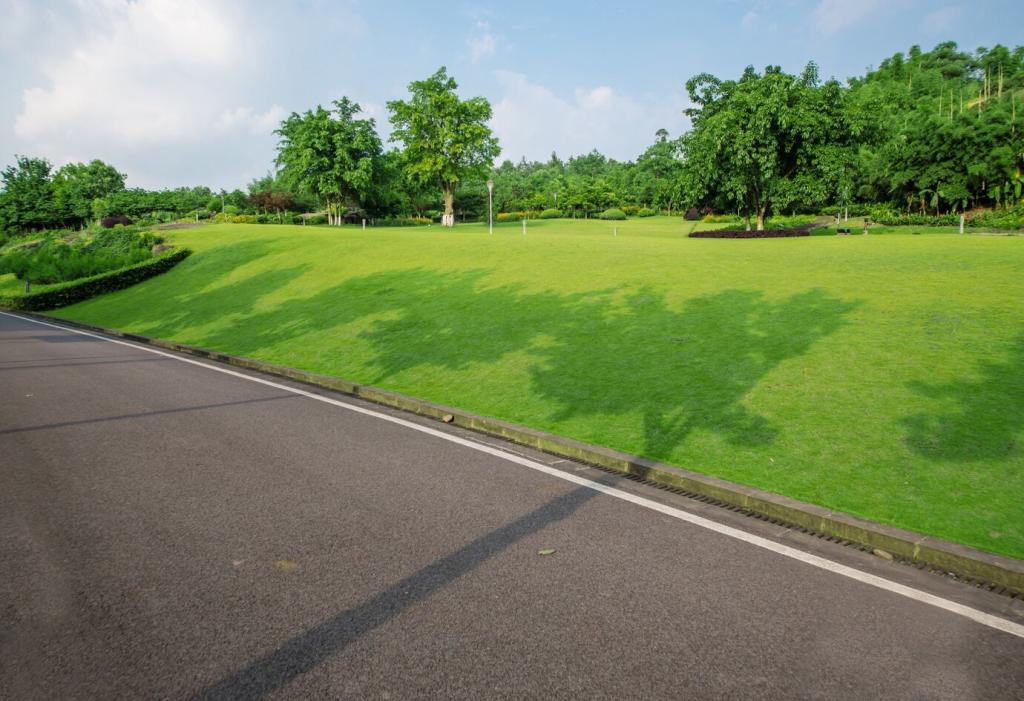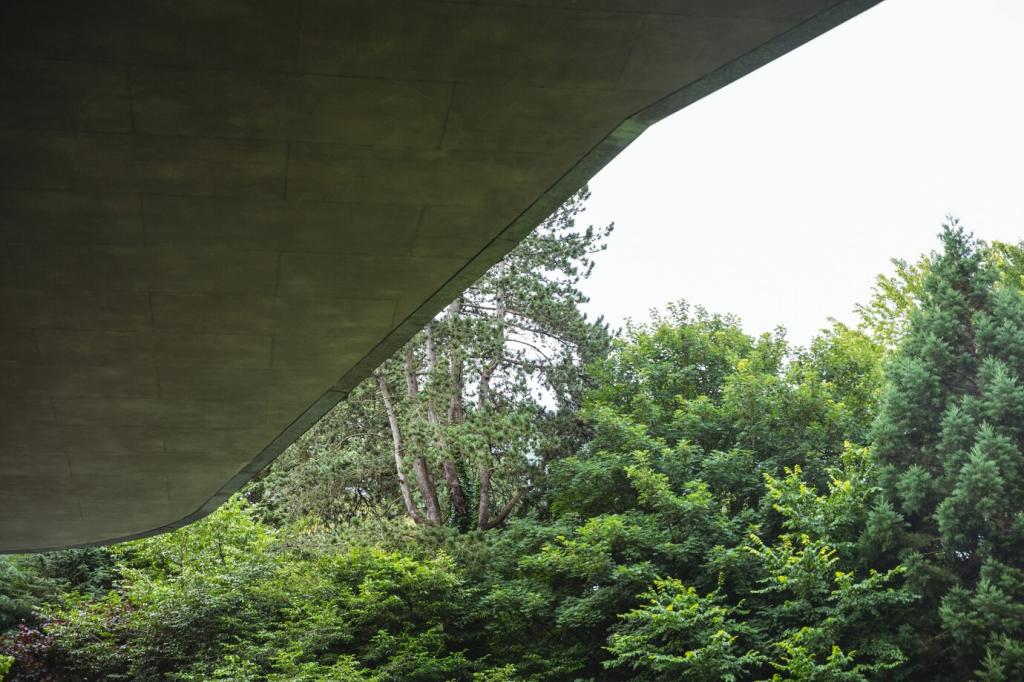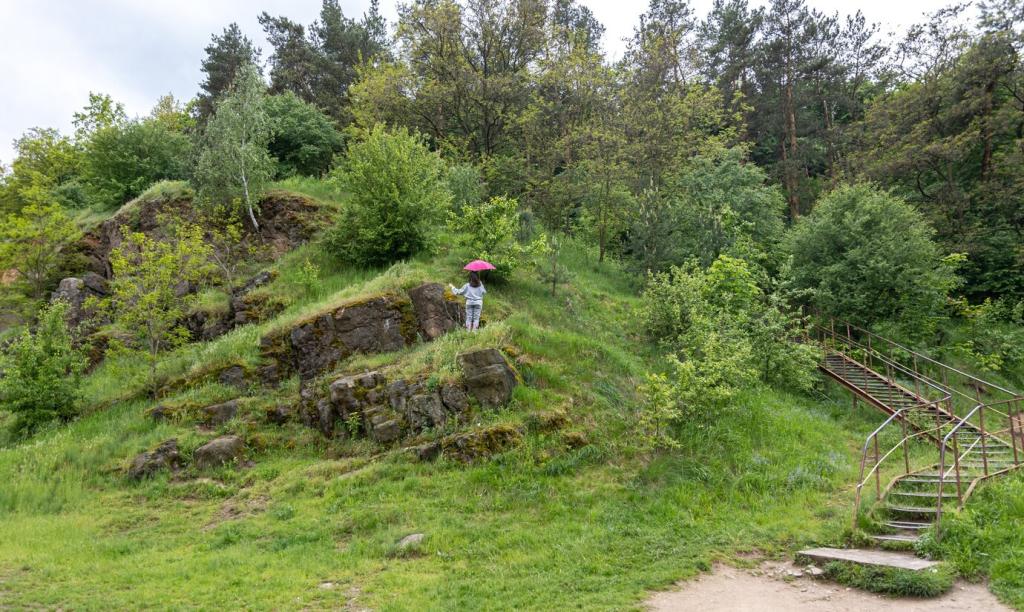Cool the City from Above
Urban Heat, Meet Your Match
The Science of Shade and Albedo
Bare roofs trap heat; plants reflect and absorb sunlight differently, creating shade that cuts radiant loads. By swapping dark, heat-soaking surfaces for foliage, rooftops can stay dramatically cooler throughout the hottest hours.



Designing Heat-Reducing Rooftop Gardens
A successful green roof balances waterproofing, root barriers, drainage, and breathable growing media. These layers shield buildings, manage stormwater, and create a stable home for plants that thrive under intense sun.
Designing Heat-Reducing Rooftop Gardens
Choose drought-tolerant, shallow-rooted species such as sedums, native grasses, and flowering herbs. They reflect sun, keep moisture moving, and sustain pollinators while staying light enough for most rooftops.
Energy Savings and Everyday Comfort
By insulating against solar gain, green roofs often reduce indoor peak temperatures. That means fewer hours of air conditioning and a quieter, more comfortable living space during punishing summer afternoons.
Energy Savings and Everyday Comfort
When rooftop surfaces stay cooler, nighttime indoor temperatures drop more quickly. Families report improved sleep, fewer fans humming at midnight, and a palpable sense of relief after scorching days.


Community Power and Policy Momentum
Start with a single pilot garden, then invite adjacent buildings to join. A cluster of green roofs expands shade, keeps breezes cooler, and inspires shared maintenance days that spark lasting friendships.
Community Power and Policy Momentum
Classrooms beneath green roofs feel more temperate, and students learn science by tending plants. Invite your local school to collaborate; we’ll feature your progress and connect you with aspiring rooftop stewards.


Containers, Trays, and Ultra-Light Media
Use modular trays, fabric grow bags, and mineral-rich lightweight blends. They support resilient plants without overburdening the structure, and they can be rearranged to chase shade and optimize airflow.
Reflective Paths and Wind Breaks
Add light-colored pavers to reflect sunlight and reduce heat storage. Combine with trellises or short wind screens to slow desiccating gusts and protect leaves, maintaining a cooler rooftop microclimate.
Safety First, Always
Confirm structural capacity, waterproofing integrity, and safe access. Consult professionals when in doubt, and invite neighbors to a safety walk-through. Then subscribe for checklists and seasonal maintenance reminders.
Measure What You Cool
Use an infrared thermometer to compare bare and planted areas at midday. Repeat weekly, post results, and tag our community to crowd-map how rooftop gardens reduce brutal surface temperatures.
Cooling Plus: Biodiversity and Stormwater
Native flowers attract bees and butterflies that thrive above the street bustle. Their presence adds ecological value while leafy canopies shade membranes and soften sun-baked spaces with living color.
Cooling Plus: Biodiversity and Stormwater
Green roofs capture rainfall, releasing it slowly while using water for cooling through evapotranspiration. That synergy reduces runoff, trims heat, and protects drainage systems during sudden, heavy summer downpours.


